Ferrari 599 GTB Fiorano comes from the brand’s noblest breed, the V12-powered grand tourers. Not all GTs are created equal though. Starting from 1960 and the 250 GT/E, Ferrari’s grand tourers went two distinct ways, the mellow but potent 2+2 coupés and Berlinettas, distilled, focused and competitive 2-seaters.
The Ferrari 599 is the latter, and goodness gracious it is. There’s no doubt that the 599 is a brilliant machine, but how brilliant is it really? The short answer is very. For the long answer, let’s dive deeper into this bit of modern Ferrari history to find out why it is so!
Ferrari 599 GTB Background and Development
Under pressure from Ferrucio Lamborghini and the Miura, Enzo Ferrari was convinced by his close associates to give the company’s flagship a thorough makeover through developing a mid-engined car.
By spreading the Colombo V12 to 180° and moving it mid-rear, Ferrari replaced the Daytona with a chimaera of a sports car and a grand tourer, a car that could offer sublime performance and sufficient comfort, something Lamborghini seriously lacked upon introducing the notoriously impractical Countach.
The first iteration of this new concept, the BB Series, didn’t record any particular sales success as it wasn’t even exported to the United States. Its successor though, the Testarossa, became a legend in its own right and a centerpiece of 1980s iconography. As it turned out, the Testarossa also marked the end for the mid-engined flat-12 experiment since Luca Cordero di Montezemolo steered Berlinettas back to the classic front-engined layout with the 550 Maranello and 575M, both powered by an all-new F133 V12.
Just as the F430 was a big leap for Ferrari’s mid-engined family, the successor to the 575M was seen as a trailblazer for the new generation of Berlinettas as well, and as such it borrowed the best technology from Ferrari’s era-defining Enzo and a thoroughly redefined 2+2 GT, the 612 Scaglietti.
The all-new, modern Ferrari Berlinetta for the 21st century debuted at the 2006 Geneva Motor Show. Its factory code was Tipo F141, but it’s better known to the public as the 599 GTB Fiorano. In line with Ferrari’s nomenclature, the 599 signified the car’s 5,999cm3 engine displacement, the GTB initials stood for Gran Turismo Berlinetta, while Fiorano referred to Ferrari’s test track in Maranello.
Very soon, the 599 GTB met universal appraise for its versatility in performing as both a grand tourer and a front-engined supercar. It came with a sticker price of around $300,000, but the demand outweighed the supply, shooting up the price tens of thousands of dollars upwards. So, let’s see what exactly flocked sports car connoisseurs towards this Berlinetta.
Ferrari 599 GTB Chassis and Body
The first time for a V12 Berlinetta, the skeleton of the 599 was an aluminum spaceframe rather than steel tubular frame. The chassis was closely related to the design used on the 612 Scaglietti and was also developed by Alcoa. The aluminum spaceframe design allowed the 599 to have increased wheelbase and length compared to the 575M, all without compromising structural rigidity, thus the car’s overall performance, while also being 132 lb lighter than its predecessor, with the total weight being 3,950 lb.
The body of the 599 was designed to complete the V12 lineup alongside the 612 Scaglietti 2+2 coupé. Yet unlike the 612 which paid a tribute to Sergio Scaglietti’s very particular 1954 375 MM built for Ingrid Bergman, Jason Castriota’s 599 GTB Fiorano was very much rooted in the present.
599 GTB Fiorano’s front end elements revealed an obvious genetic bond with Stephenson and Ken Okuyama’s 2+2 design, but the side profile with its juxtaposed surfaces finished with functional openings on the front wings and air inlets for fuel tank and transmission cooling hinted more performance-oriented DNA underneath the aluminum bodywork.
Compared to the 599, the back end of the 612 looked serene, as the GTB Fiorano had a dramatic rear air diffuser and aggressive-looking semi exposed single stop lights inspired by the Enzo and the F430.
Most of the aerodynamics happened in the car’s underbody, like the Venturi tunnel. while the standout visible aerodynamic feature of the 599 GTB were aerodynamic buttresses on the C-pillars, constructed to achieve additional downforce without resorting to any type of trunk spoilers.
One of 26 different shades could define the car’s character in either way, be it hues of red and yellow to highlight its performance potential or a rich palette of blacks, blues and grays to underline its elegant silhouette.
The 599 GTB Fiorano was originally built as a coupé, but it served as a foundation for a number of low volume production and one-off variants, but we’ll get back to that later.
Ferrari 599 GTB Engine and Transmission
To see where the Ferrari 599 GTB excels the most, let’s peek under its long aluminum hood. Mounted far back into the engine compartment and behind the front axle, it’s the F140/C 65° V12. A casual observer will see it as a V12, but a Ferrari devotee will recognize the alphanumeric code as the one found in the Ferrari Enzo data sheet as well.
Indeed, the 599’s V12 is very closely related to the Enzo’s, but Ferrari’s engineering team reworked the F140 in order for it to make a successful shift from a mid-engined into the front-engined layout. In the process, the engine block and the cylinder heads stayed the same, while the engineering team made the unit lighter, lower and more suitable for daily use.
That being said, the redesigned internals included different camshaft profiles, steel connecting rods and a different Motronic ECU, although the earliest cars had the same control unit as the Enzo.
In the 599, the chain-driven 5,999 cm3 F140/C V12 produced 620 horsepower at 7,600 RPM and 448 lb-ft of torque at 5,600 RPM with the redline set at 8,400 RPM, whole 900 RPM more than the 575M’s F133 V12 and interestingly enough, 200 more than the Enzo’s F140 V12. Ferrari took special pride in the fact that the engine’s specific power output was 101.85 horsepower per liter.
A large majority of customers went for the single clutch 6-speed F1 SuperFast automated manual transmission, an updated F1 unit that saw its first road car application in the 599. Six-speed manual transmission came as an option, but only around 30 examples of the 599 GTB Fiorano ended up having a gated shifter. These examples now command prices up to 5 times higher than a F1 SuperFast-equipped counterpart.
The placement of the engine and the transaxle gearbox gave this car Ferrari’s ideal weight distribution of 47:53, with 80% of the car’s weight set between the axles. That in turn provided phenomenal all-round performance. It lapped the Fiorano test track in 1:26.5, conquered the Nürburgring in 7 minutes and 47 seconds and it boasted a spectacularly fast 0-60 sprint of 3.3 seconds as reported by the customers, even though the sprint took 3.7 seconds per factory specifications.
Ferrari 599 GTB Interior
A showcase of brushed aluminum, carbon fiber and master craftsmanship in every stitch in its fine leather, the 599’s interior provided an archetypal Ferrari berlinetta driver-oriented experience.
The cockpit could be specified in 15 shades of leather with dual tone options as well and the carbon fiber and leather bucket seats could support 4-point harnesses. The seats itself had three distinct options, out of which the 8-way power adjustable Daytona is the most desirable one on the pre-owned market.
The instrument dash was dominated by a centrally mounted analog rev counter etched to 10,000 RPM with a cluster of digital screens displaying the car’s vital parameters. An optional extra providing a more engaged experience was the illuminated steering wheel with lights indicating the perfect timing to shift the gear.
Maximizing the very limited trunk space, prestige leather goods manufacturer Schedoni offered fitted 4-piece luggage in its traditional and modern designs.
Ferrari 599 GTB Suspension and Handling
The 599 featured double wishbone suspension on all four corners with the introduction of GM-sourced MagneRide magnetorheological dampers, a semi-active suspension solution with electromagnetic fluid changing viscosity to react to the road conditions. Coming straight from Ferrari’s racing programme, 599 GTB had F1-Trac traction control, technology lifted from Formula 1 cars of the era.
After the F430 and the Enzo, the red steering wheel-mounted Manettino switch made its third appearance in the 599 GTB, controlling the car’s power delivery, electronic aids and suspension settings in five distinct modes: Ice, Low Grip, the standard Sport, Race and CST OFF.
In 2010, Ferrari introduced the Handling Gran Turismo Evoluzione or HGTE package, improving the 599’s performance without fiddling with horsepower and torque ratings. The $30,000 package included revised exhaust, lower ride height, stiffer springs and thicker rear anti-roll bar as well as new calibration settings for the magnetorheological suspension and lighter three-piece 20-inch wheels wrapped in Pirelli P Zero rubber.
Thanks to these alterations only, the 599 HGTE could lap the Fiorano test track in 0.6 seconds less than the regular 599. From a cosmetic standpoint, the HGTE got a new optional seat center section pattern and headrest stitching.
Ferrari 599 GTB Brakes, Wheels and Tires
For stopping power, the 599 GTB Fiorano utilized cross drilled and ventilated cast iron discs measuring 13.9-inch front and 12.9-inch rear, gripped by six-piston and four-piston Brembo calipers respectively. Larger and more efficient 15.7-inch front and 14.2-inch rear carbon ceramic discs were an $18,550 option extra in the first two years of production, becoming standard from 2008.
Originally, the 599 GTB had a staggered stance with 19×8-inch front and 20×11-inch rear Speedline wheels in double five-spoke design, with optional 20×8-inch and 20×11-inch Challenge multi-spoke wheels. The tire width was 245/40ZR19 front and 305/35ZR20 rear on stock wheels or 245/35ZR20 front and 305/35ZR20 rear on Challenge wheels.
*Note: The pictured car sits on a set of Project Kahn forged alloy wheels.
Ferrari 599XX and 599 GTO
Unlike its predecessors and despite its phenomenal all-round performance, Ferrari never decided to produce a competing car out of the 599 GTB Fiorano. That, however, didn’t stop the company from creating a track-only variant of its most potent Berlinetta so far, albeit for Ferrari Corse Clienti programme only.
The 599XX was a stripped down variant of its roadgoing counterpart, adorned with a new downforce-generating aerodynamic kit, a significant power bump to 720 horsepower at screaming 9,000 RPM and center lock wheels with racing slicks.
The 599XX was a car one could buy, drive on virtually any closed course in Europe and the US while enjoying services of their own dedicated team of mechanics, but ever not take it home. Speaking of lapping some closed courses, it recorded a time of 6m 58.16s at the Nürburgring and it also lapped the Fiorano circuit in 1m 16s, 0.2 seconds faster than the Enzo-based FXX.
As its name suggests, the 599XX Evoluzione was the next step for the 599XX presented in 2011. In addition to more power, 740 horsepower and 516 lb-ft to be precise, it introduced an active aerodynamic wing, shaving off a second of the 599XX’s Fiorano time. To find out more about these phenomenal track specials, click here.
Ferrari 599 GTO
By: Ferrari
As previously mentioned, the 599XX didn’t compete, but Ferrari decided to transfer some of its trackside achievements to the streets with the 599 GTO, a car limited to 599 copies worldwide. The 599 Gran Turismo Omologato can be regarded as a street variant of the 599XX and it was only the third and so far the final Ferrari to carry the GTO badge.
The power output of the F140 CE was 661 horsepower at 8,250 RPM and 457 lb-ft of torque at 6,500 RPM, its weight was shed by 220 lb to 3,538 lb and it also benefited from a reprogrammed gearbox and 599XX’s free flowing exhaust. Its bodywork was reworked as well and it had unique double five spoke 20-inch wheels.
At the time of its introduction, Ferrari 599 GTO was Maranello’s fastest production car, having lapped Fiorano in 1m 24s, one full second faster than the Enzo.
Other Special Variants
Via: Tom Hartley Jr
When it comes to other special variants of the 599 GTB Fiorano, it’s best to start with the open top SA Aperta, a 2010 special edition honoring Sergio and Andrea Pininfarina, limited to 80 pieces worldwide. Added weight of the removable top was annulled by the fact that the SA Aperta was actually a 670-horsepower 599 GTO in disguise, which, in addition to its rarity, greatly contributes to its value on the collector car market today.
Via: Mecum Auctions
In 2011, to celebrate the 60th anniversary of the first Grand Prix victory, Ferrari introduced the 599 GTB 60F1, an edition based on the 599 GTB HGTE with three unique colorways paying homage to the winning 375 and 150° Italia cars, a unique 20-inch wheel design and Alcantara seats. The introduction of this model also coincided with Fernando Alonso’s victory at 2011 Silverstone Grand Prix, exactly 60 years after Froilán González won the first Grand Prix for Ferrari at Silverstone too, so cars painted in 150° Italia color scheme are colloquially, albeit incorrectly referred to as Alonso Edition.
Ferrari’s Special Project programme gave birth to three one-offs. The first one was the 2009 P540 Superfast Aperta commissioned by film producer Edward Walson, a modern tribute to the Ferrari 330 LMB Fantuzzi featured in 1968 Spirits of the Dead. The Superamerica 45 was built in 2011 for a prolific New York-based Ferrari collector Peter Kalikow to celebrate his 45th anniversary as a Ferrari owner and the final car was the 2013 Ferrari SP30, a resculpted Ferrari 599 GTO with styling cues from the FXX and the 458 Italia.
Via: Ferrari
Celebrating Ferrari’s breakthrough on the Chinese market in 2009, a famous Chinese artist Lu Hao gave one 599 GTB Fiorano a special paint inspired by Song Dynasty porcelain. This unique Ferrari was auctioned for $1.2 million at an event in Shanghai. In addition to this unique example, Hao gave his personal touches on 12 examples of the China Edition which where HGTE cars finished in Rosso Fuoco with a contrasting grey roof and details like a rev counter displaying Xiao Zhuan numbering and a start button in jade.
As far as builds by renowned coachbuilders go, there’s the 599 Nibbio Zagato, introduced in 2007 and built both as a coupé and a convertible. Apart from its trademark double-bubble roof, the coachbuilder gave the 599 a dramatic looking fascia with a gaping oval grille flanked by torpedo-shaped air inlets. Out of nine cars built, two have a manual transmission and each of them has a seven-figure price tag.
A Lasting Legacy
Ferrari 599 GTB Fiorano was a perfect median Berlinetta incorporating the best traditional and contemporary virtues of a Ferrari grand tourer. Its modern chassis design and state-of-the-art F140 V12 pointed towards the future of Ferrari’s Berlinettas, as this V12 became a backbone for all subsequent two-seater grand tourers.
That brings us to the fact that the F12 Berlinetta included a more modern dual-clutch F1, Ferrari 599 GTB was the last V12 Ferrari to offer manual transmission and single clutch F1 automated manual.
Hailed for introducing Ferrari to a new era while keeping some key bits of the company’s traditional values, the 599 GTB Fiorano will be fondly remembered and valued accordingly in decades to come, especially in its rarest guises.


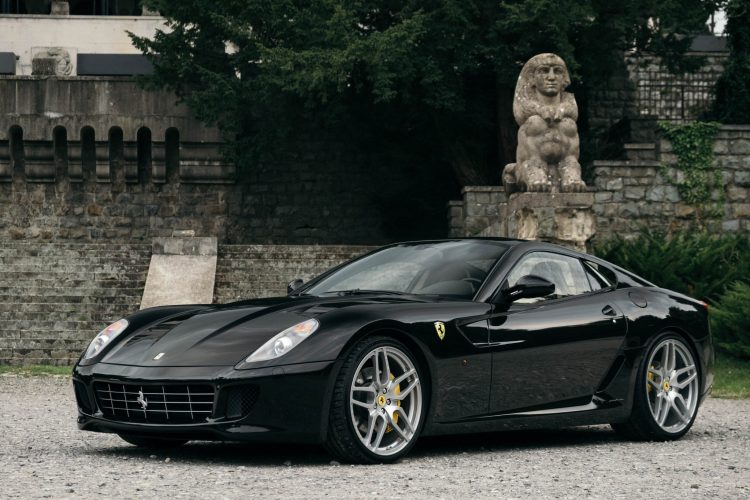














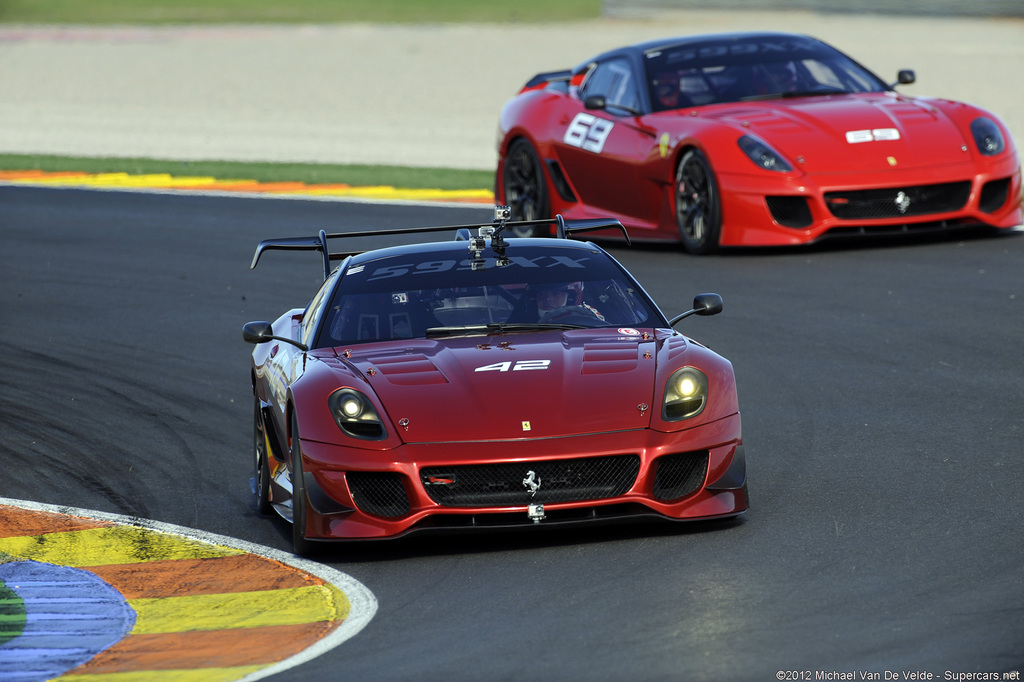






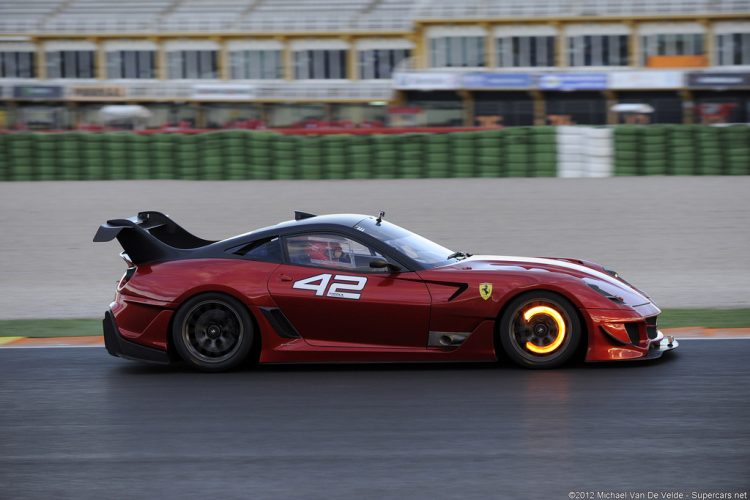
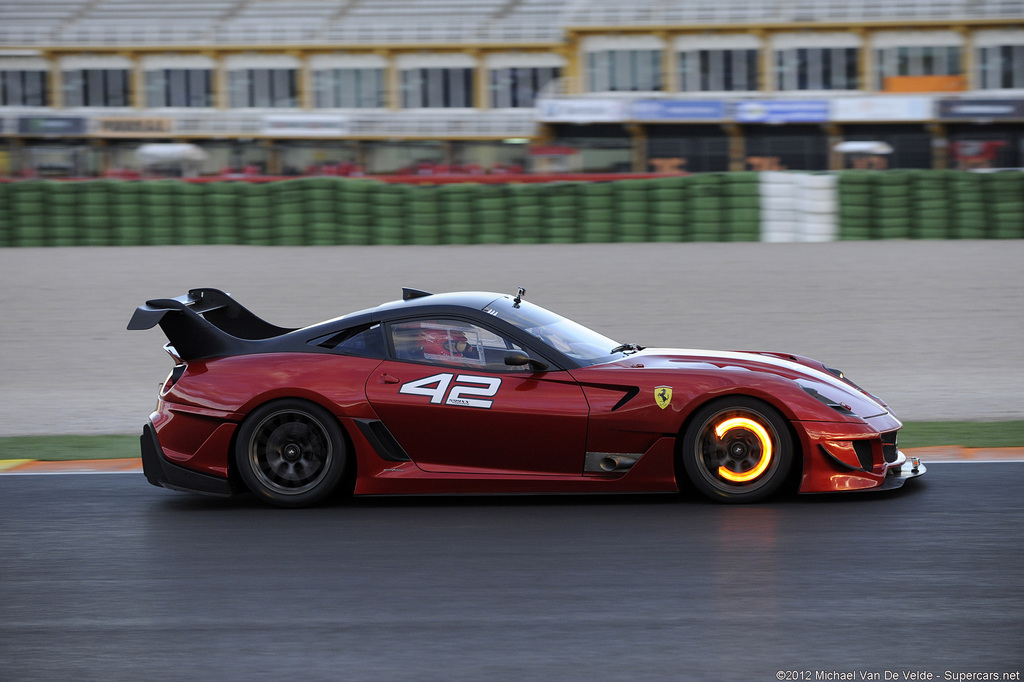
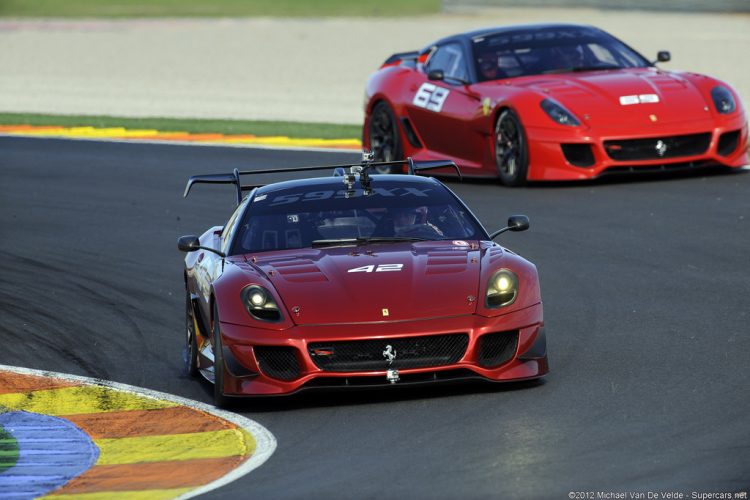

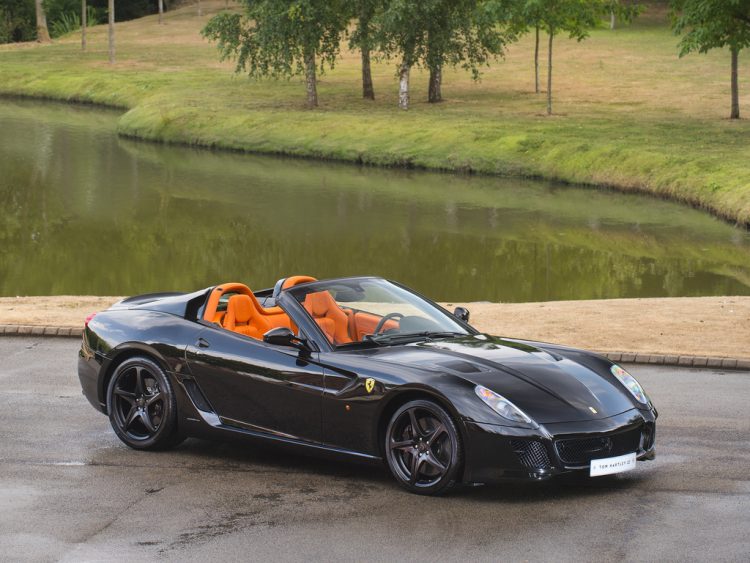
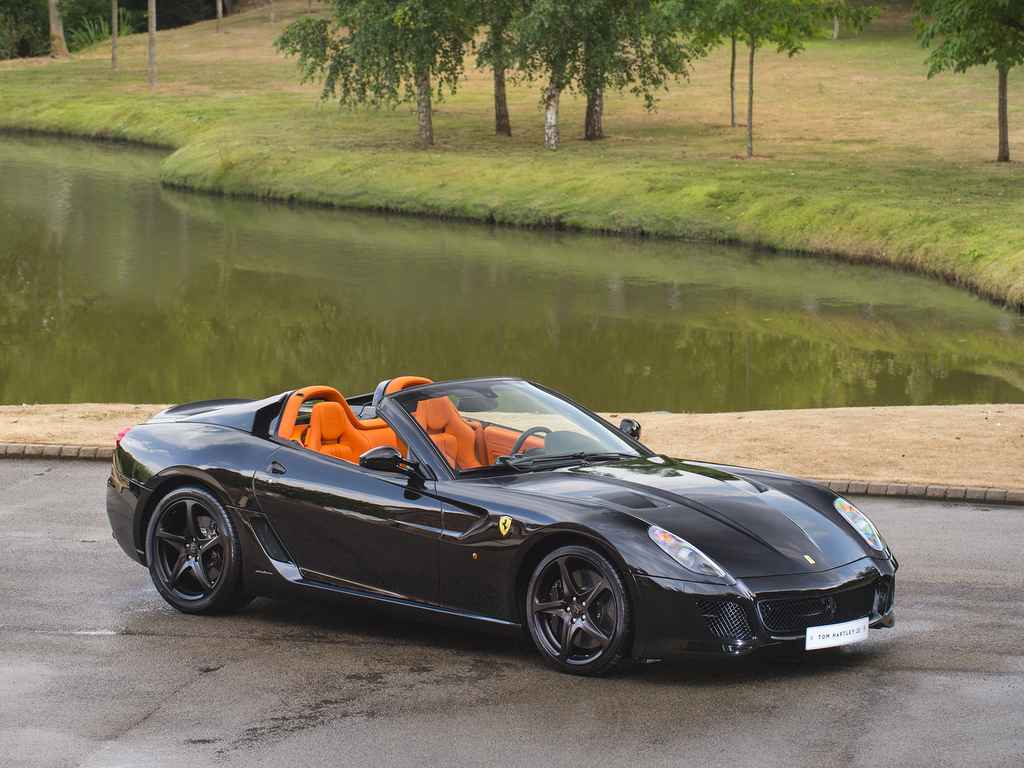
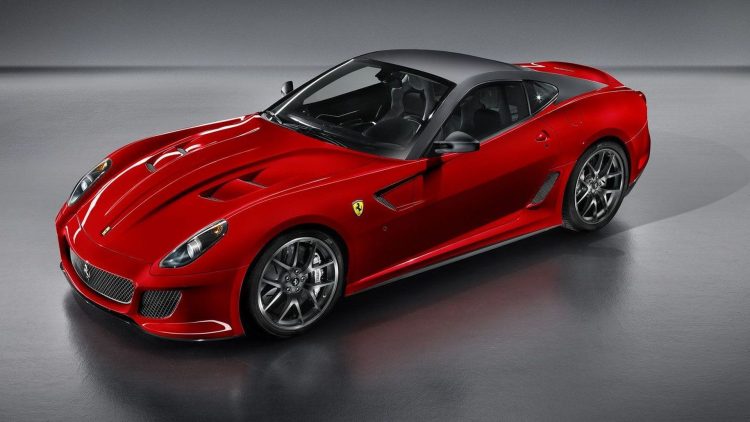
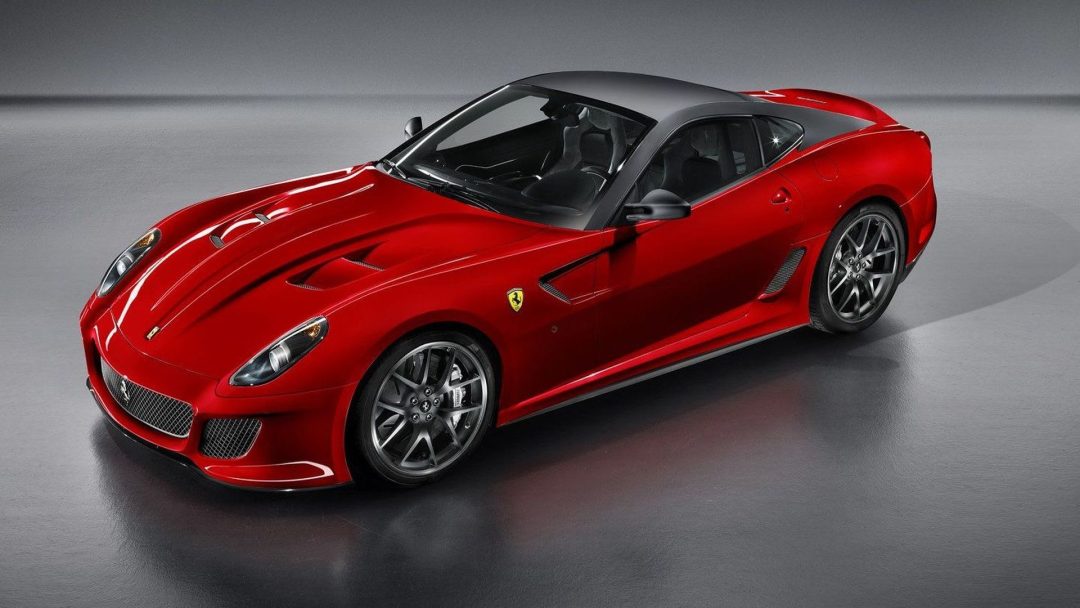
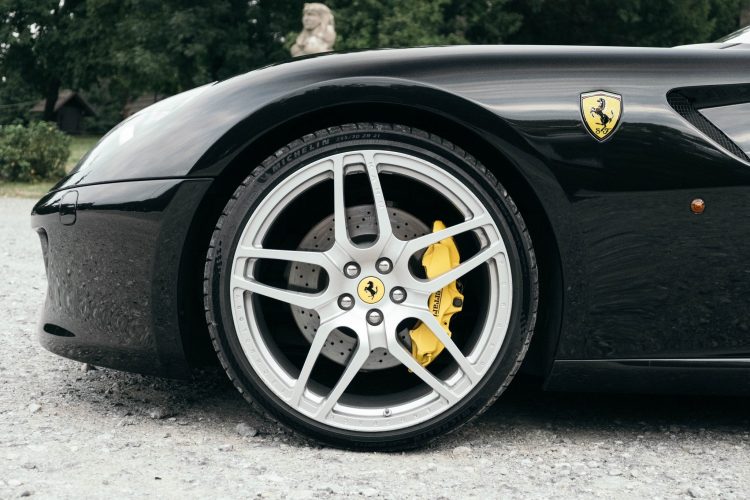
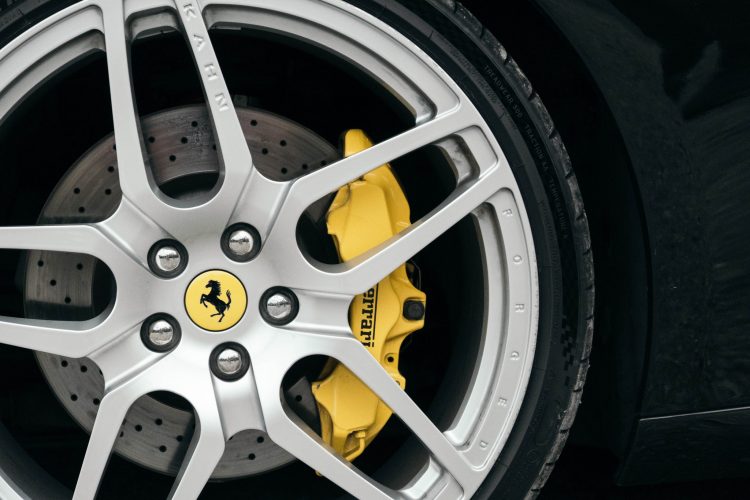

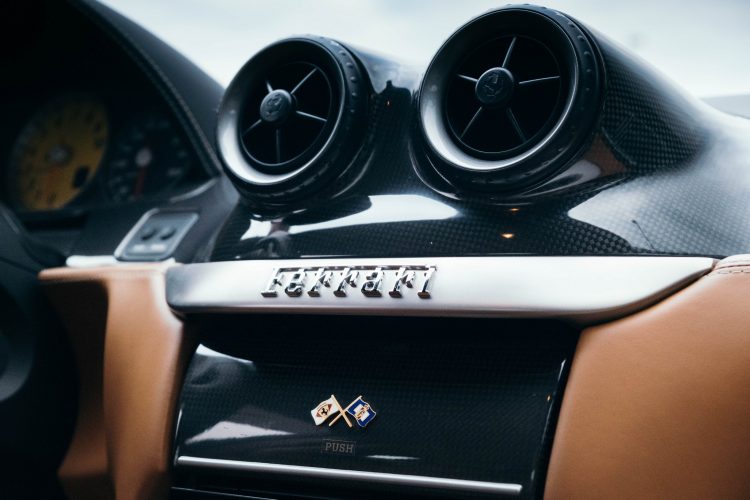

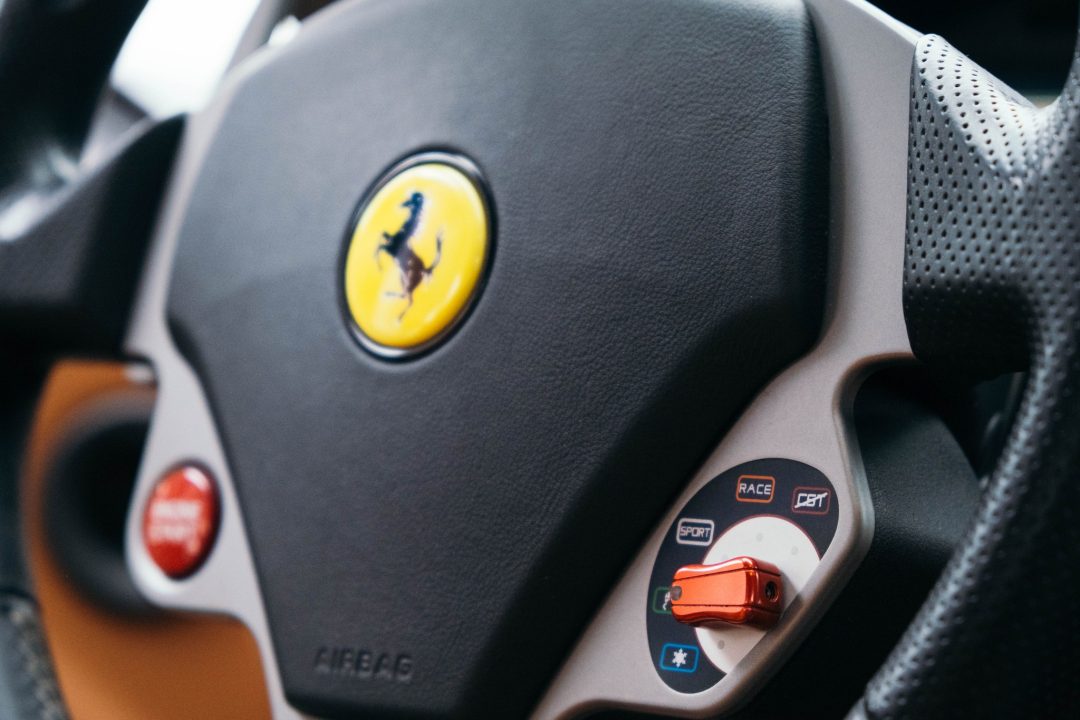
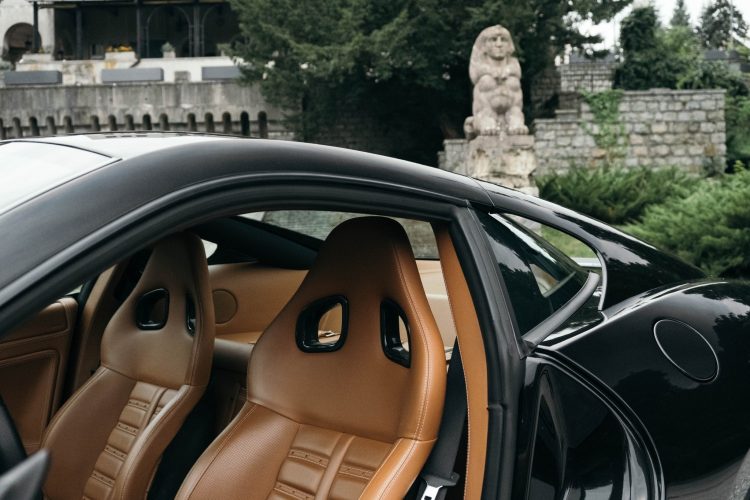
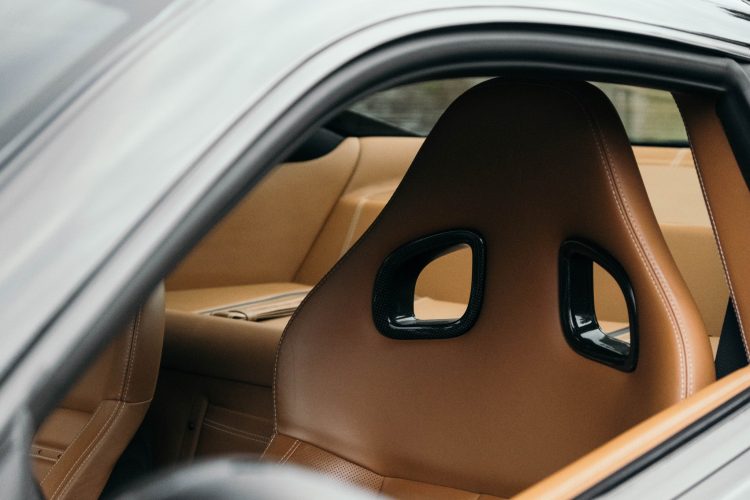
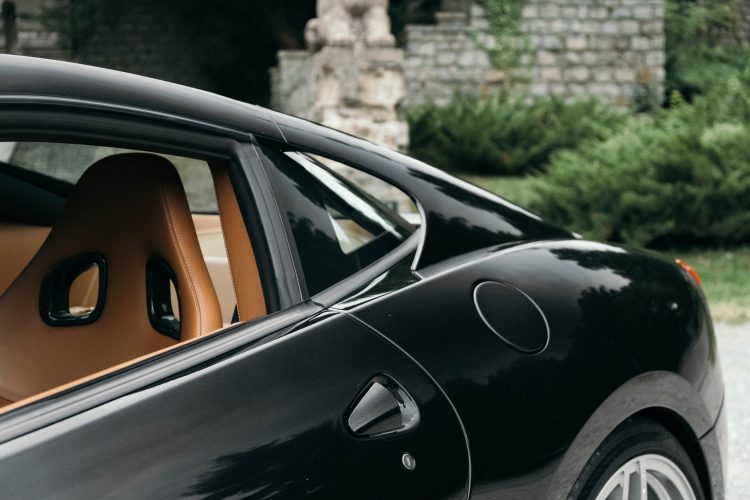
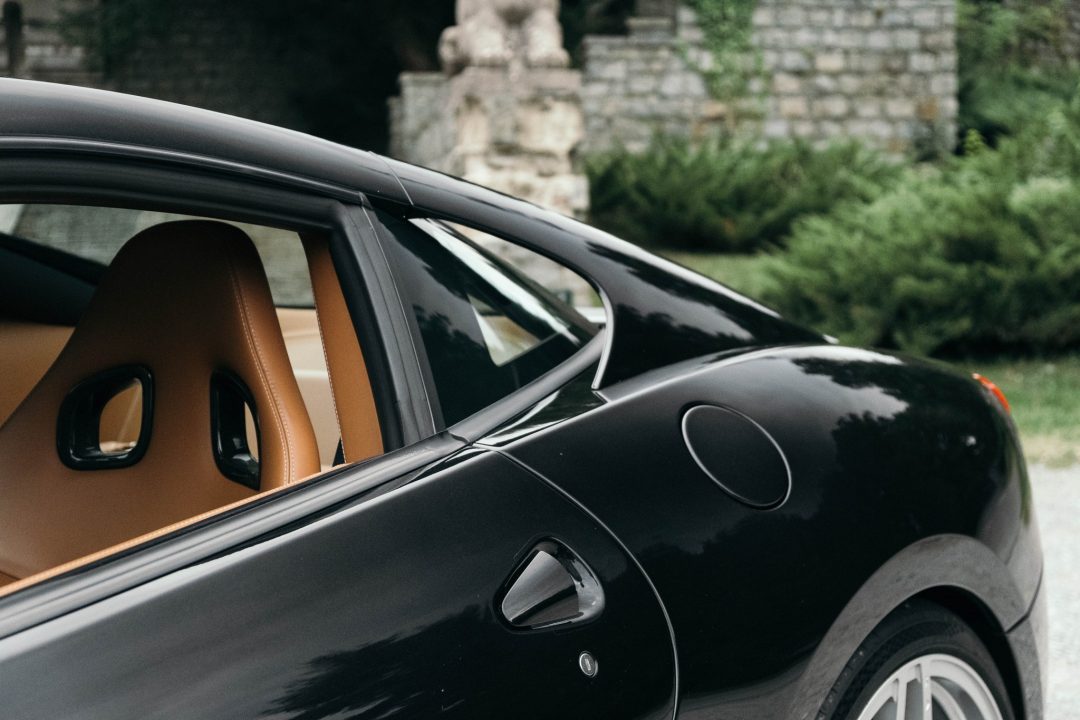
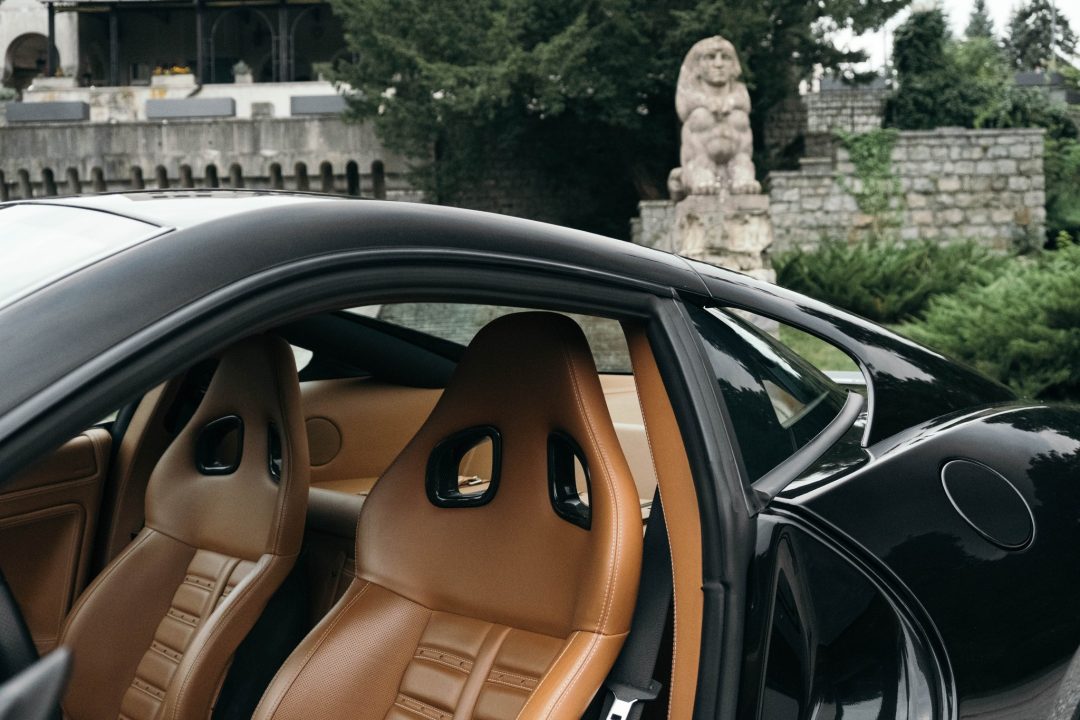
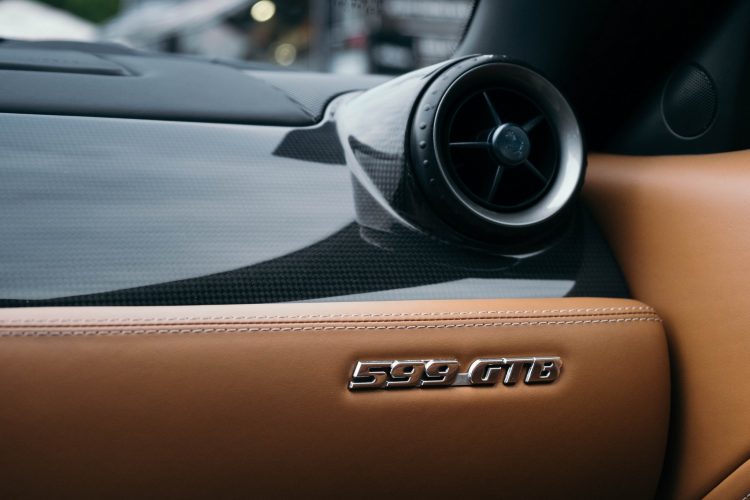
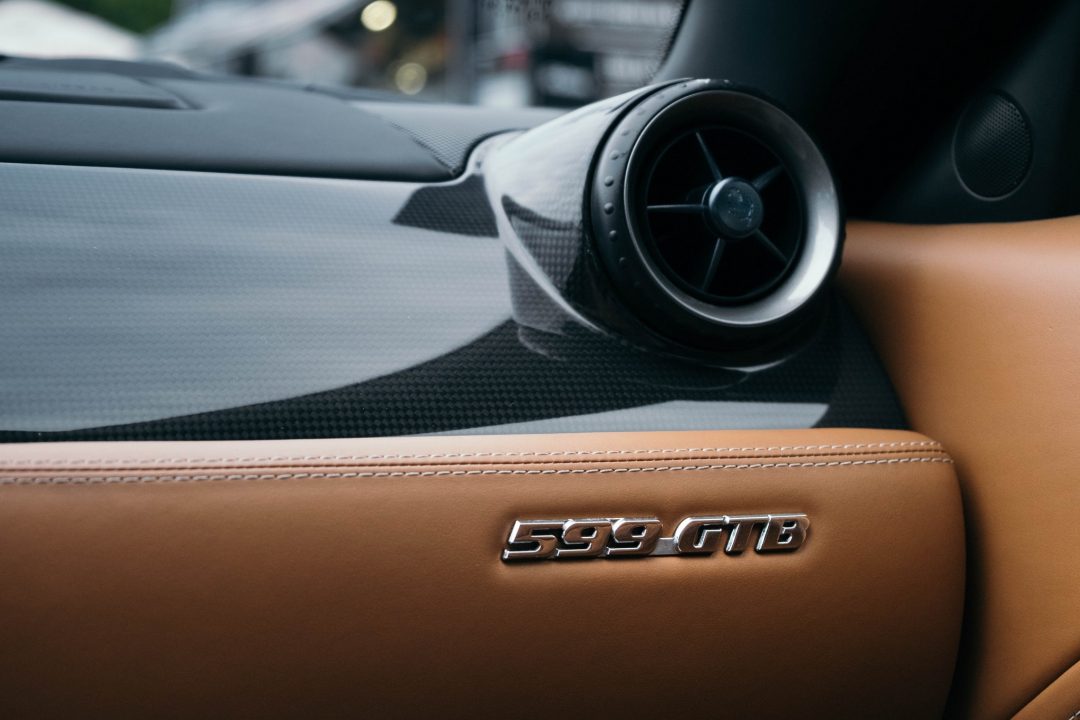
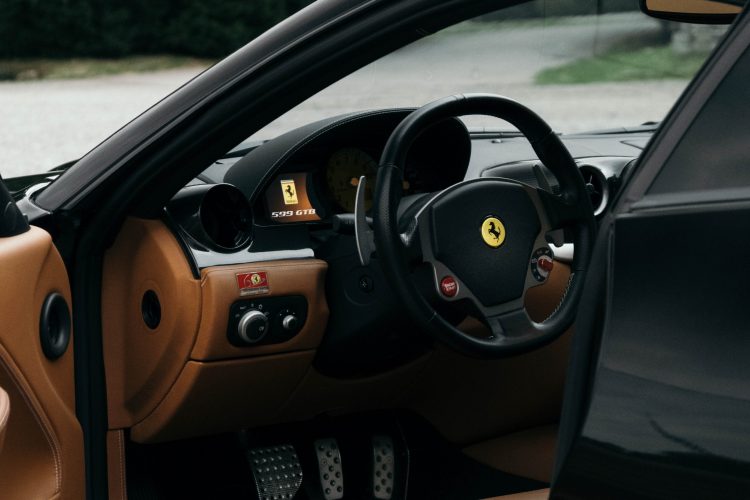
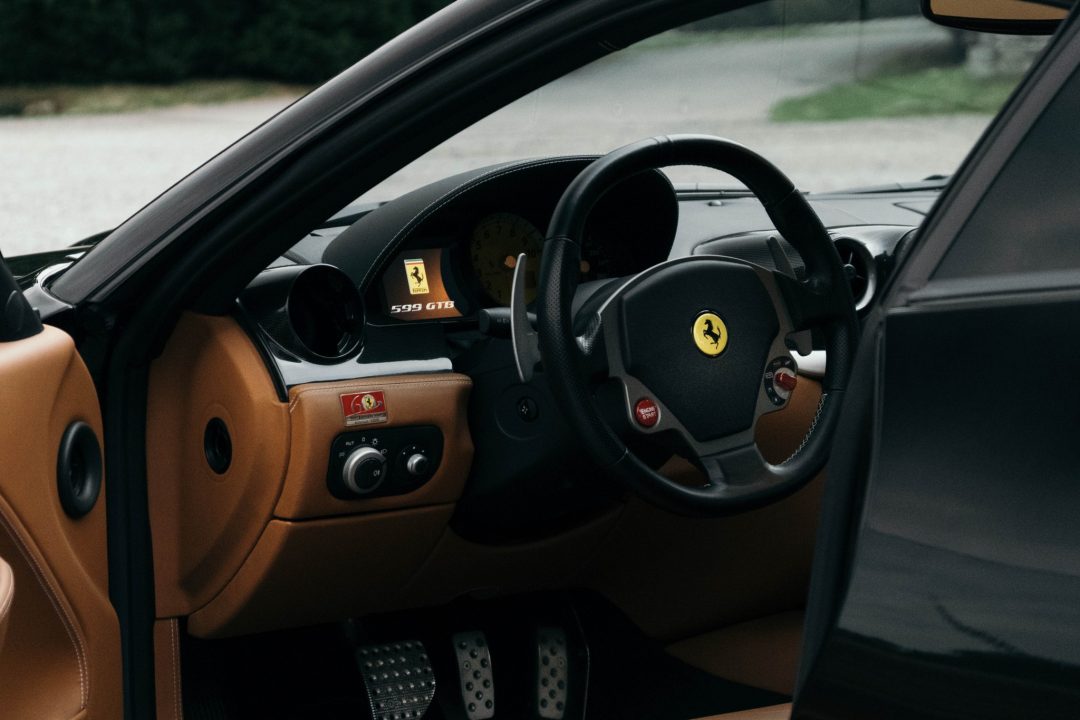
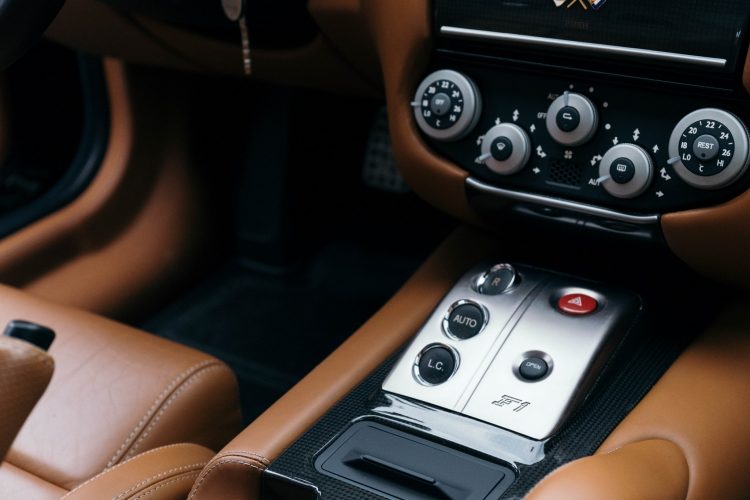
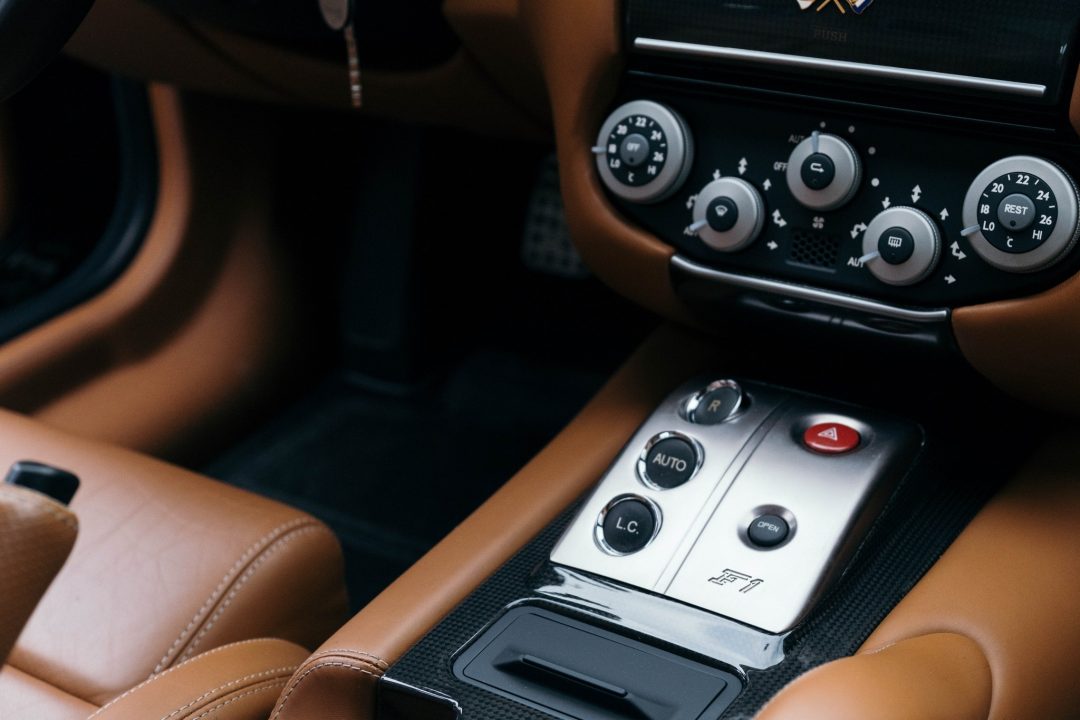
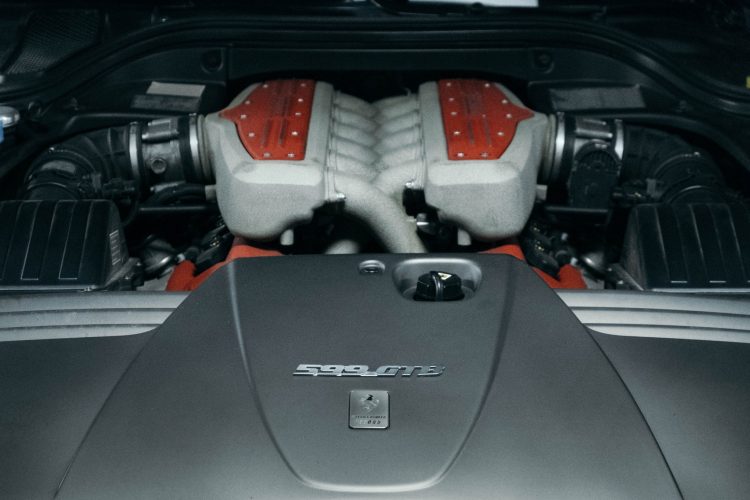
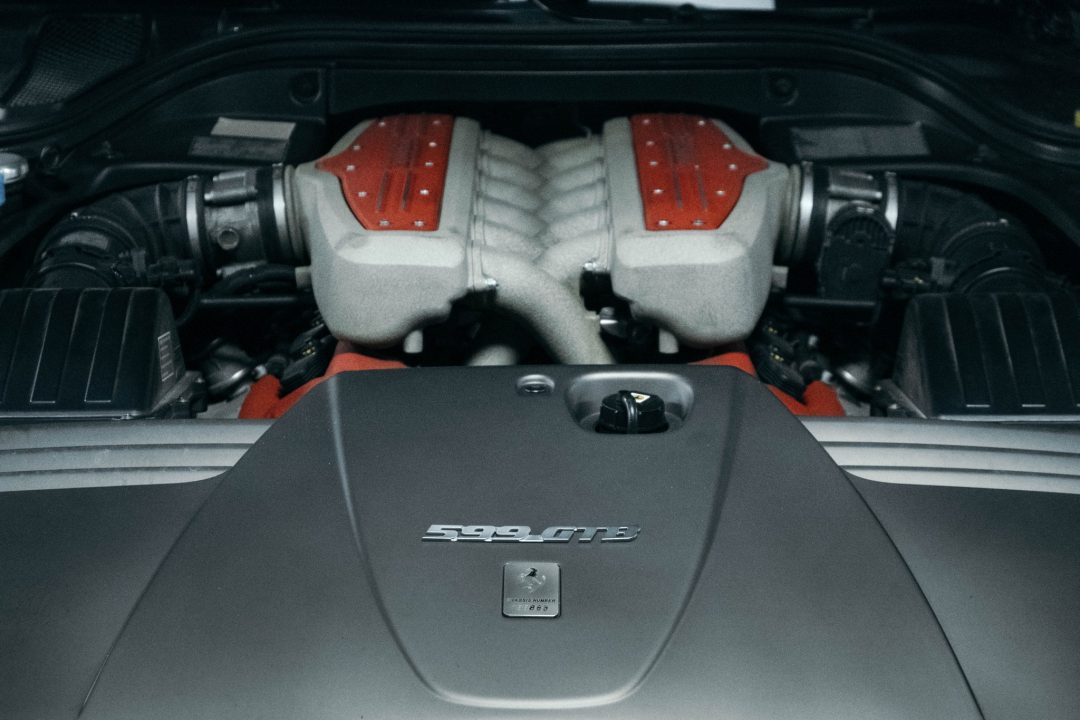
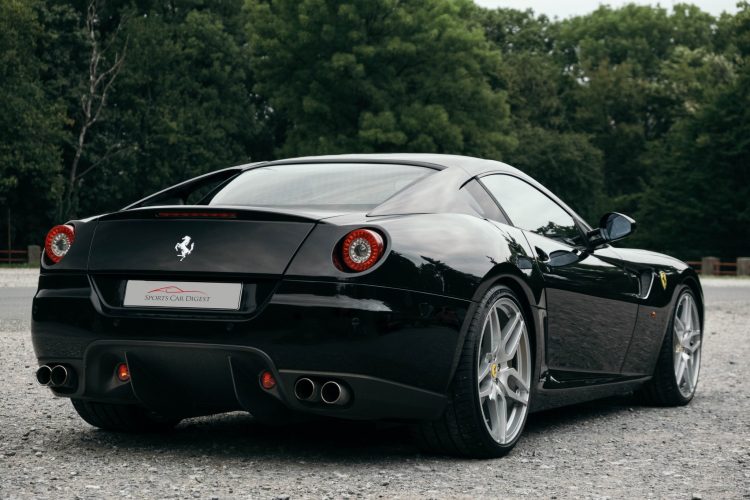
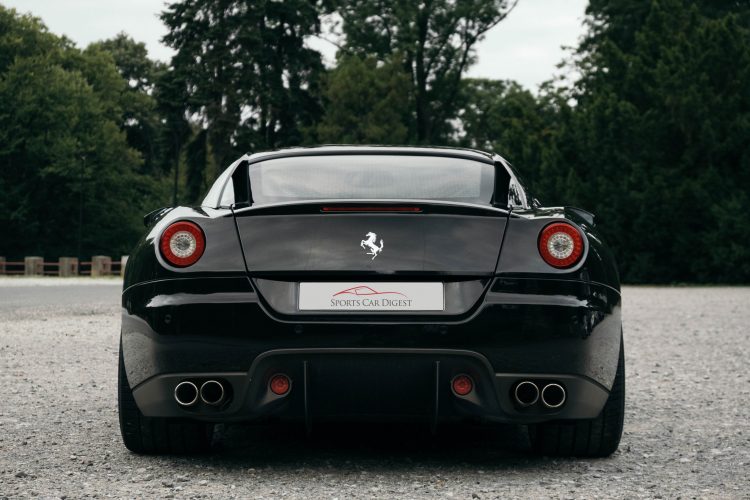
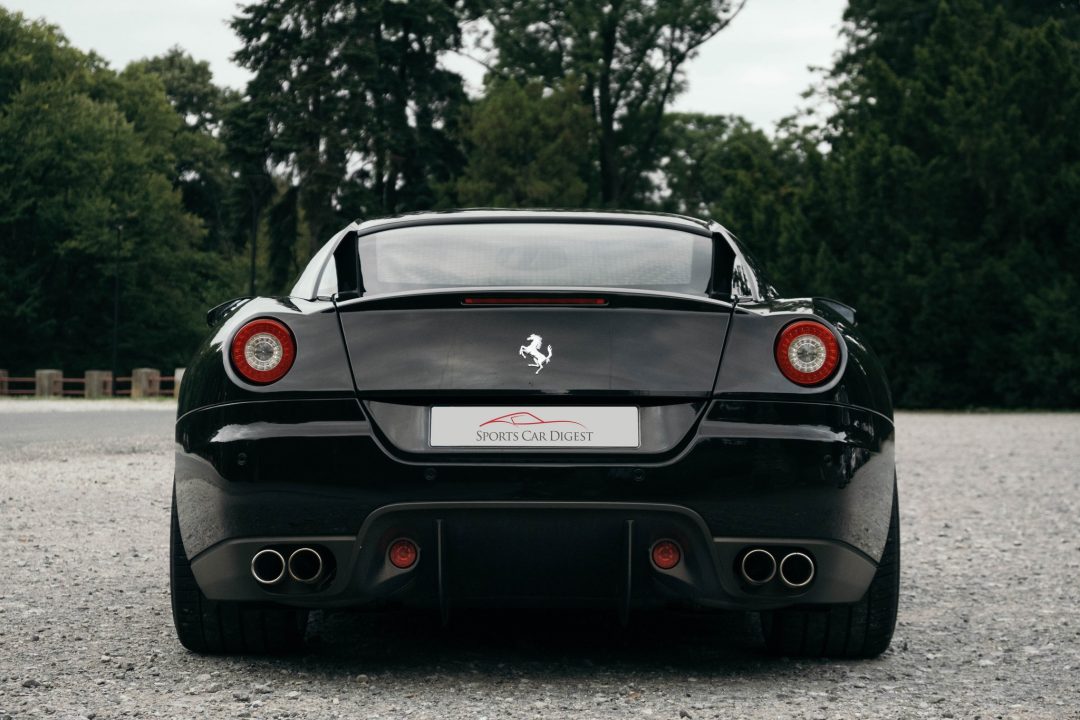
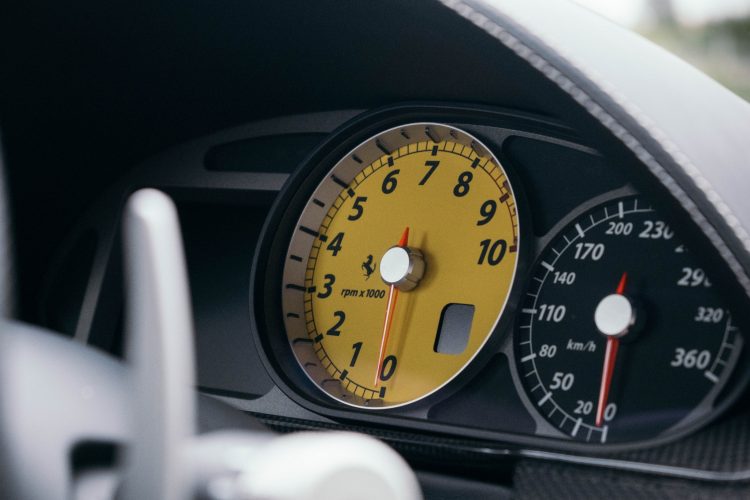
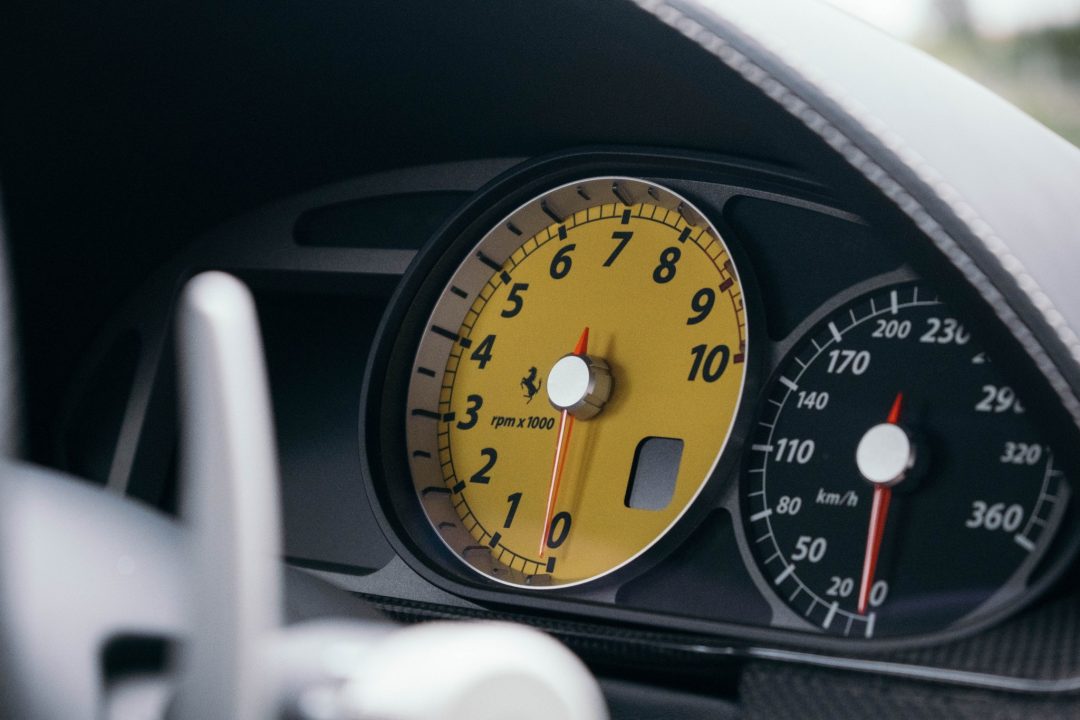


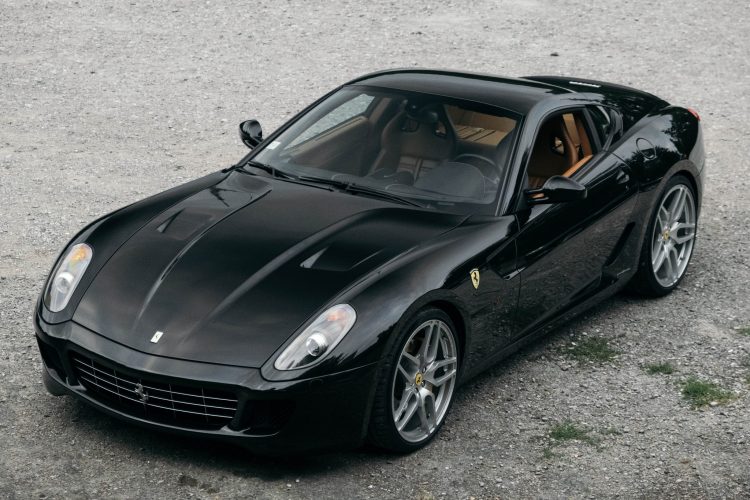
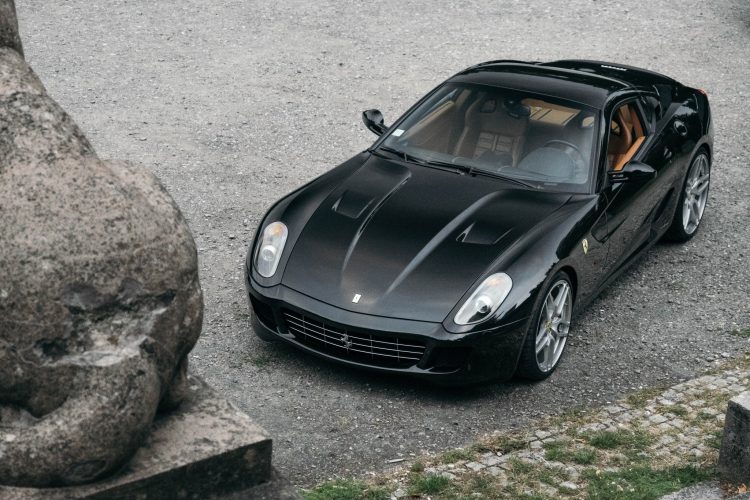

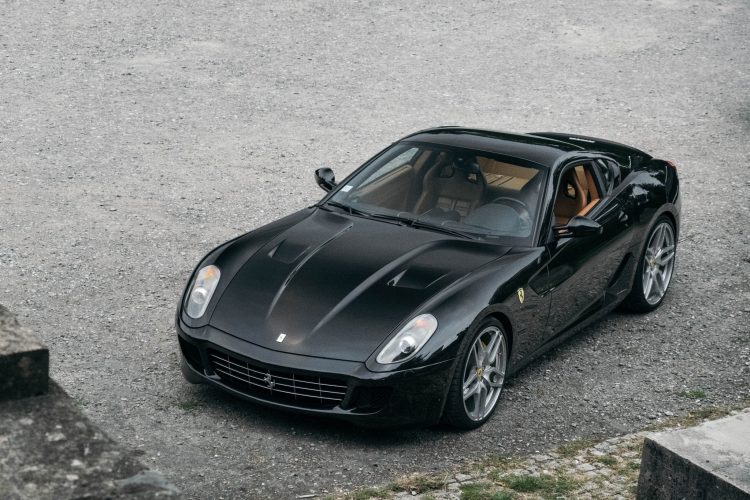
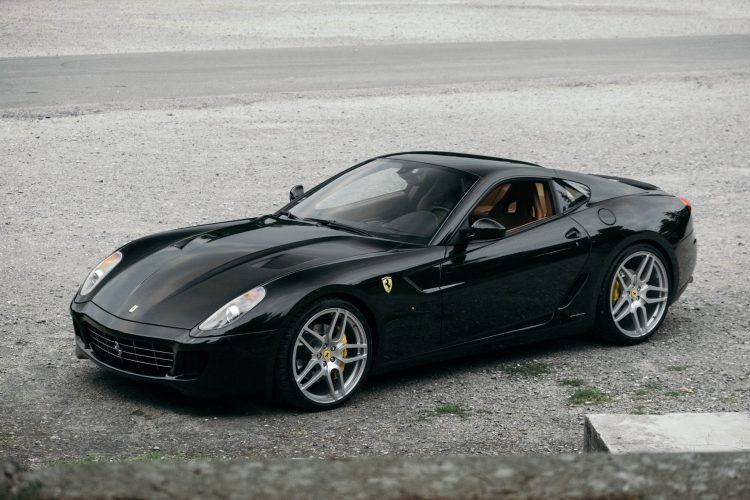
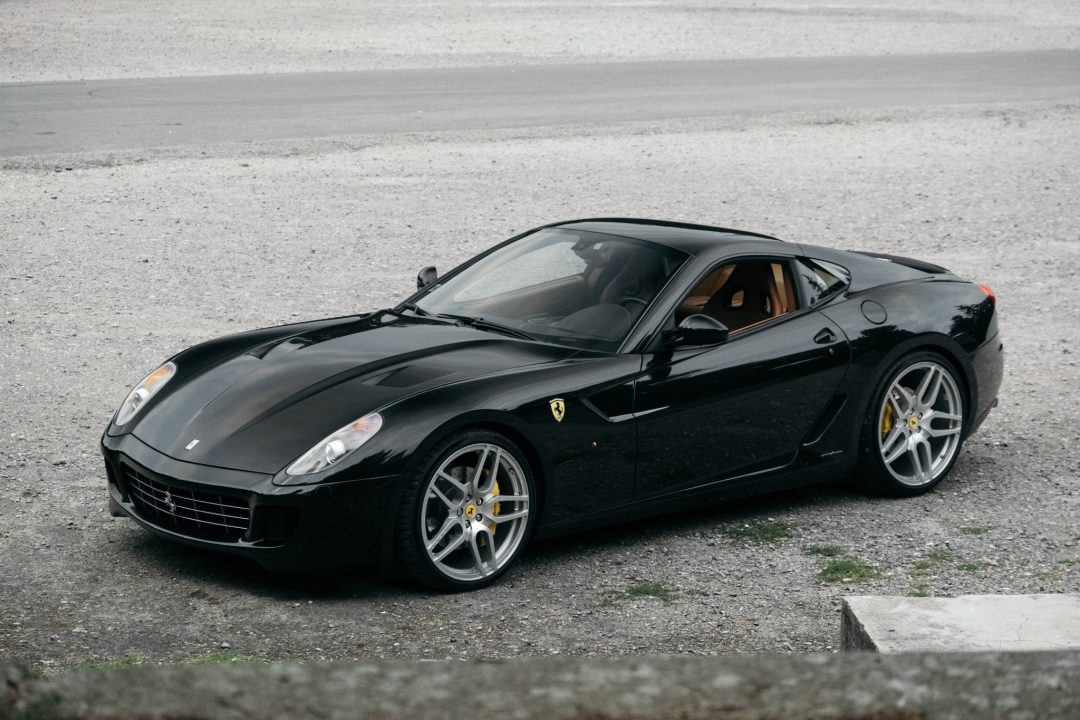
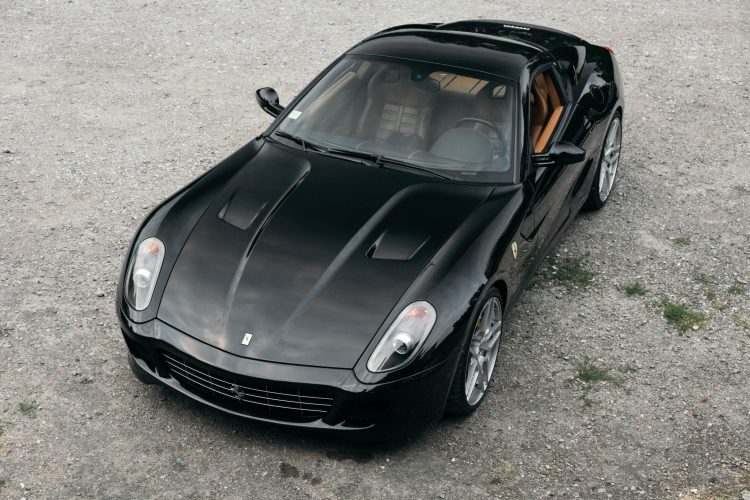
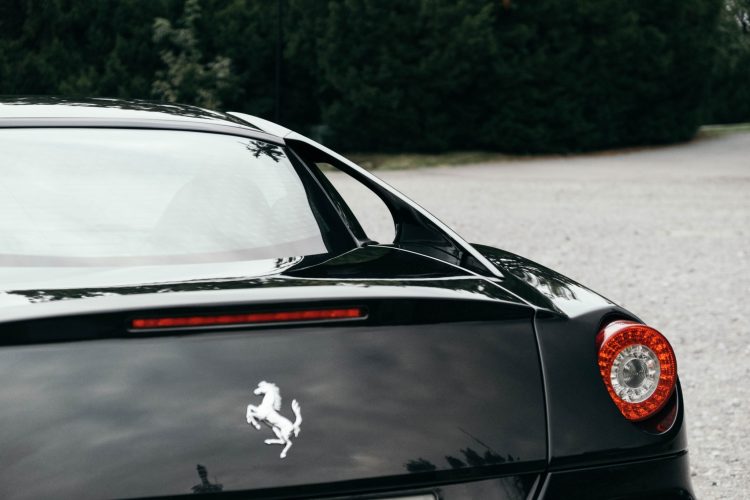

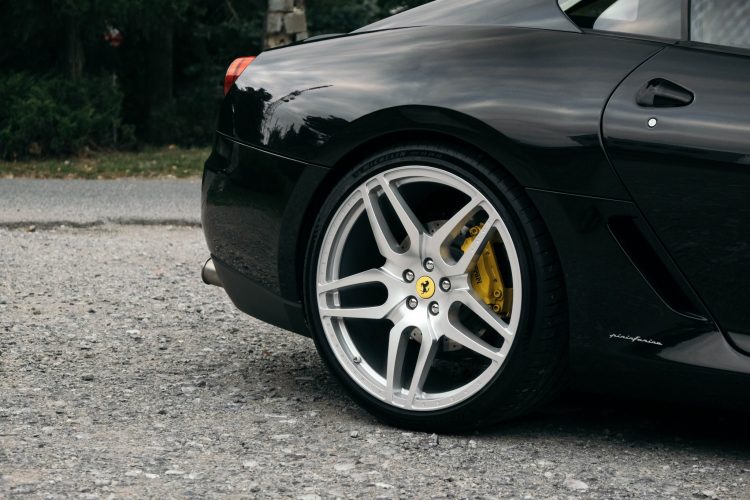
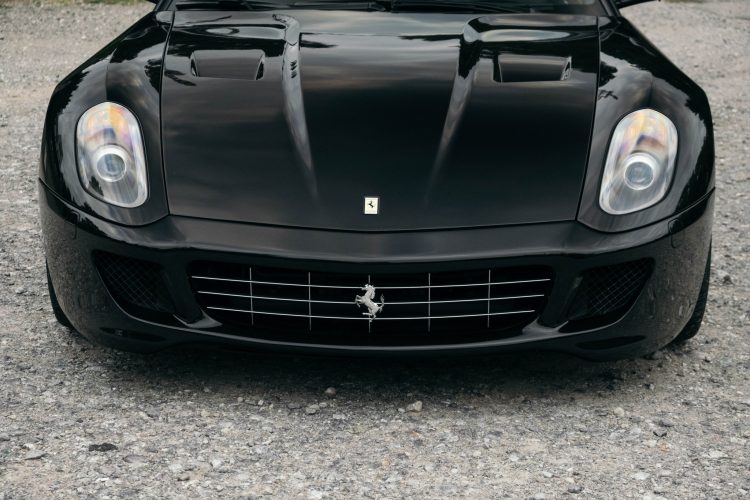


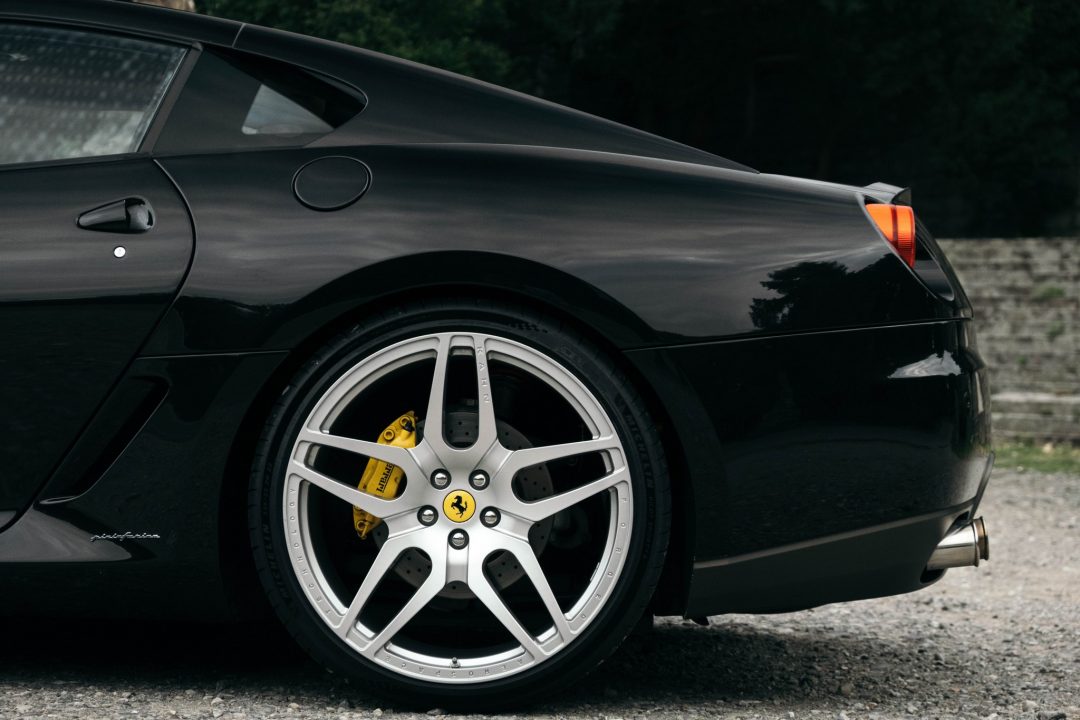

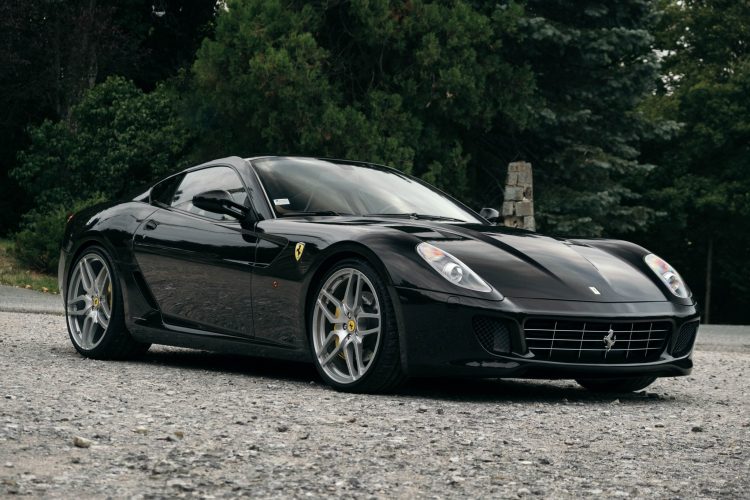
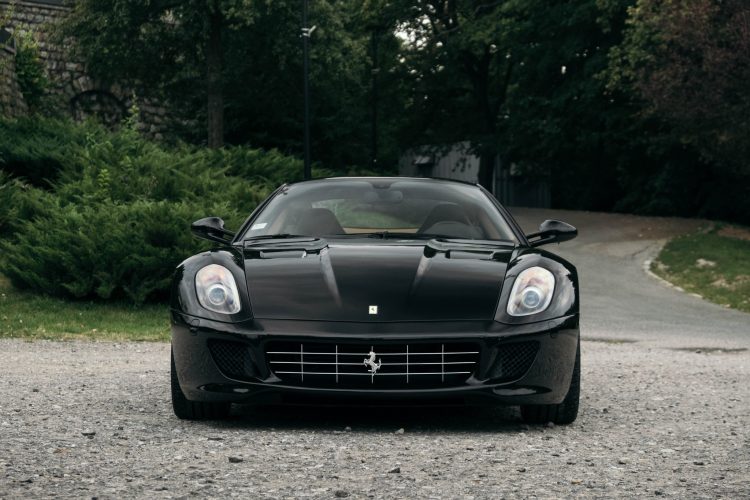
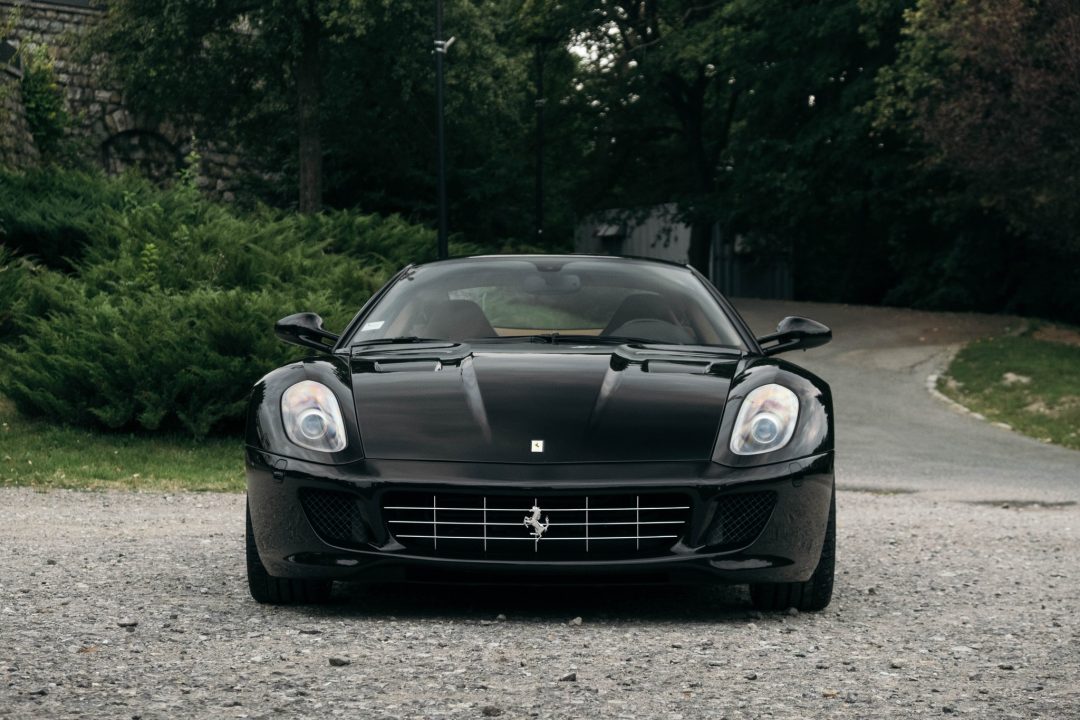









The Ferrari 599 has the most upside potential of emerging Ferrari classics. Period. Buy one now while they’re relatively “cheap.”